Safeguarding children means protecting the health, well-being and human rights of children and vulnerable adults. It includes enabling them to live free from harm, abuse and neglect. A vulnerable adult is a person over the age of 18 and who is, or may be for any reason, unable to take care of him or herself, or unable to protect him or herself against significant harm or exploitation.
Safeguarding children is everyone’s responsibility.
Legislation aimed at protecting children and vulnerable adults includes: The Children Act, Working Together to Safeguard Children, Every Child Matters, The Human Rights Act, The Mental Capacity Act and The Care Act.
This legislation was devised not just to provide protection for vulnerable groups but, to guide and support those organisations that work or come into contact with children or vulnerable adults. Organisations include voluntary groups, faith groups, private sector providers, schools, colleges, sports clubs and hospitals. The acts help to develop the confidence of staff, trustees, volunteers, parents, carers and the general public.
Safeguarding Children Policy
All organisations working with or alongside children or vulnerable adults must have a Safeguarding Policy in place.
 A Safeguarding Children or Protection Policy is a statement that makes it clear what an organisation or group will do to keep children and vulnerable adults safe. The policy must stipulate an organisation’s commitment to protect and outline the practical measures and procedures it will undertake to support this statement. A code of conduct may be included, detailing the how staff are selected against a certain criteria and the behaviour expected of them when working with vulnerable people.
A Safeguarding Children or Protection Policy is a statement that makes it clear what an organisation or group will do to keep children and vulnerable adults safe. The policy must stipulate an organisation’s commitment to protect and outline the practical measures and procedures it will undertake to support this statement. A code of conduct may be included, detailing the how staff are selected against a certain criteria and the behaviour expected of them when working with vulnerable people.
If Safeguarding Children is a shared responsibility, do you and your staff know what to do?
“Never do nothing”.
Providing adequate and ongoing training will enable your staff to confidently recognise areas of potential concern and know what steps to take.
VinciWorks Safeguarding eLearning course highlights core information about the safeguarding process, exploring the range of problems that children and vulnerable adults might face and explaining what actions should be taken if concerns are identified. It looks at the different categories of abuse – physical, sexual, emotional and neglect – that could lead to concern, the kinds of situations where abuse could occur and who the abusers might be.
The online course demonstrates practical steps that can be taken to safeguard children and vulnerable adults. It explores the ‘four Rs’ that underpin an effective safeguarding process: recognition; response; recording; and reporting. The course also outlines the correct procedures to follow if there is a suspicion of abuse.
All VinciWorks courses can be fully customised to meet your needs at no additional cost. VinciWorks Safeguarding eLearning course can be tailored to refer to your organisation’s policies and procedures. Your designated course administrator can edit the text and images of the course using the integrated authoring tool, and link to organisation-specific documentation.

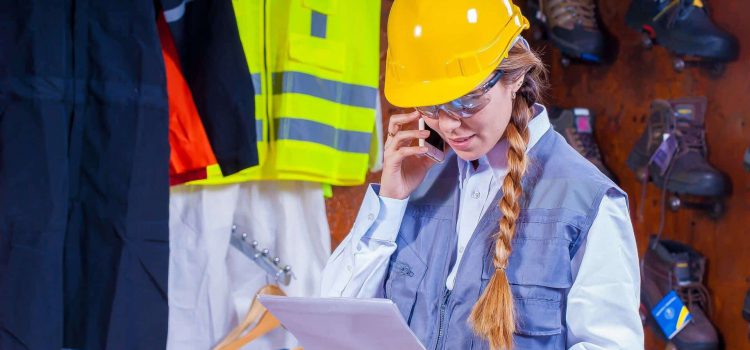
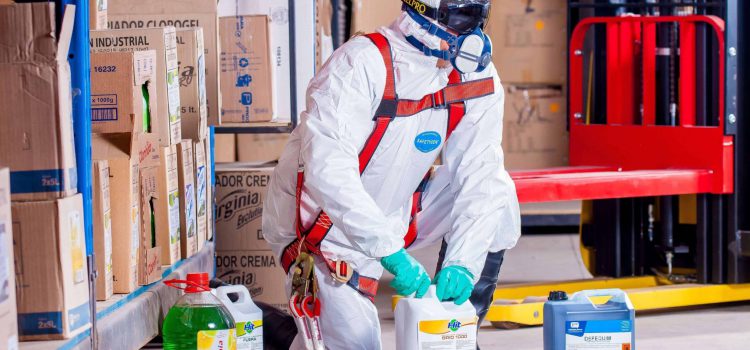
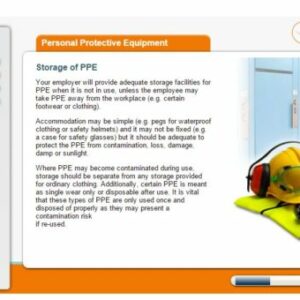

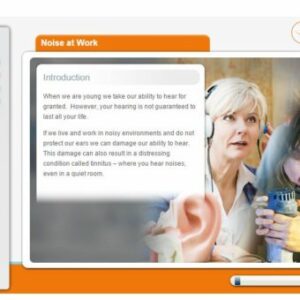 Training members of staff in your organisation will help to
Training members of staff in your organisation will help to 
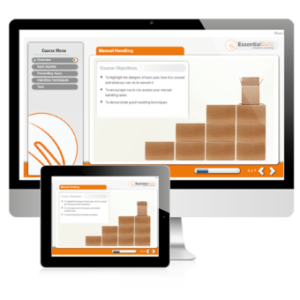 The course also examines key duties related to manual handling in the workplace, focusing on the different roles and responsibilities of the employer and their employees. It emphasises that each worker should: cooperate with their employer; not engage in behaviour that is likely to put colleagues in danger; understand and use mechanical aids correctly; report work activities that might be dangerous; and bring any defects in the workplace, systems or equipment to notice. Each individual is also obliged to share with their employer any physical limitations that might impact their ability to carry out manual handling tasks.
The course also examines key duties related to manual handling in the workplace, focusing on the different roles and responsibilities of the employer and their employees. It emphasises that each worker should: cooperate with their employer; not engage in behaviour that is likely to put colleagues in danger; understand and use mechanical aids correctly; report work activities that might be dangerous; and bring any defects in the workplace, systems or equipment to notice. Each individual is also obliged to share with their employer any physical limitations that might impact their ability to carry out manual handling tasks.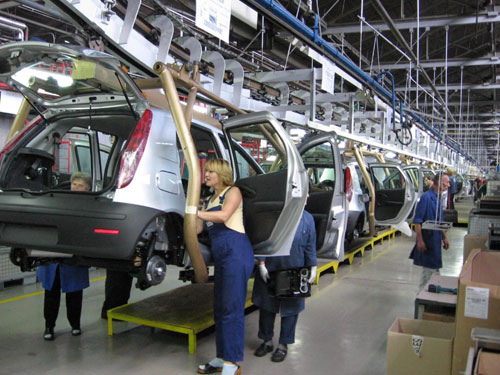 A course references a range of applicable legislation, including the Health and Safety at Work Act 1974;
A course references a range of applicable legislation, including the Health and Safety at Work Act 1974;  As mobile workers working away from their fixed base
As mobile workers working away from their fixed base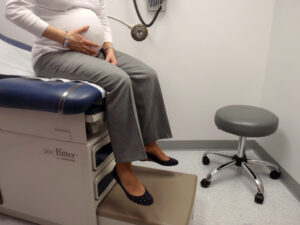
 Public Health England (PHE) has revealed that cases of Legionnaires’ disease in 2014, contracted both at home and abroad, remain under the total seen in 2010. In 2012, 306 confirmed cases were reported, down from 357 cases of the respiratory disease in 2010. Around 40% of confirmed cases in 2012 were associated with travel abroad, with the greatest number of cases seen in individuals travelling to Spain.
Public Health England (PHE) has revealed that cases of Legionnaires’ disease in 2014, contracted both at home and abroad, remain under the total seen in 2010. In 2012, 306 confirmed cases were reported, down from 357 cases of the respiratory disease in 2010. Around 40% of confirmed cases in 2012 were associated with travel abroad, with the greatest number of cases seen in individuals travelling to Spain. Legionella is a potential problem where ever water systems such as cooling towers, evaporative condensers and hot and cold water are present. A wide range of organisations, groups, or self-employed individuals providing residential accommodation are responsible for the water system(s) in their premises, and will have duties in this regard. These include local authorities, universities, housing associations, including housing companies, charities, hostels, landlords in the private renting sector, managing agents, hoteliers, B&B, guest house and holiday camp owners, caravan and camping site owners, including fixed caravan sites.
Legionella is a potential problem where ever water systems such as cooling towers, evaporative condensers and hot and cold water are present. A wide range of organisations, groups, or self-employed individuals providing residential accommodation are responsible for the water system(s) in their premises, and will have duties in this regard. These include local authorities, universities, housing associations, including housing companies, charities, hostels, landlords in the private renting sector, managing agents, hoteliers, B&B, guest house and holiday camp owners, caravan and camping site owners, including fixed caravan sites.